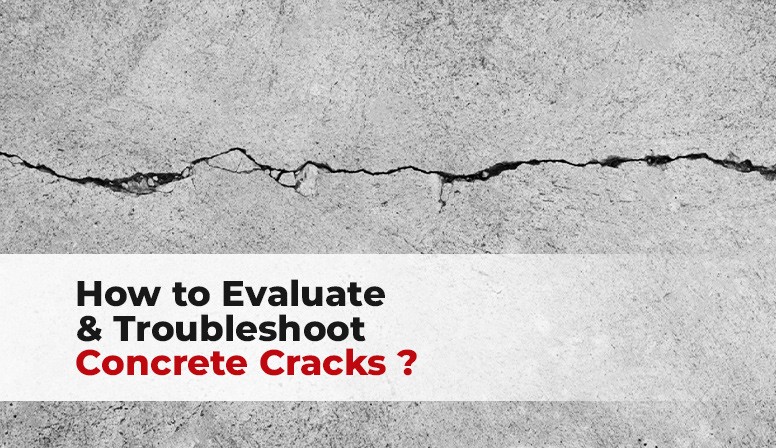Cracks in the concrete framework make the construction fade. These also affect the building performance and enhance the maintenance costs. Repairing may also involve a spillage of bucks as concrete repairs is a specialized job. Present-day homeowners thus want the building to be made from resilience material. Best TMT Bar Companies in the country conduct research if their units can produce bars that can support interior and exterior labs against cracks.
Crack Evaluation
Construction cracks evaluation involves two processes:
- Performing a crack survey.
- Passage of steel reinforcement.
- Determine whether the crack is active or dormant.
Experts determine the location and extent of cracks in a structure by both direct and indirect observations. Other methods include destructive and non-destructive testing and tests of cores.
Direct And Indirect Observation
During this process, the evaluator takes note of the crack locations and widths on a structure sketch. He also puts a grid mark on the surface structure. It seems helpful to locate cracks on the sketch more perfectly. With this method, the evaluator can measure defects up to 0.025 mm., i.e., 0.001 inches. The use of a crack comparator can put in the best outcome. It is a hand-held microscope with a scale on the lens closest to the surface.
The crack monitor gives a direct reading of crack displacement and rotation. The indicator magnifies the crack movement by almost 50 times, indicating the maximum movement range while the measurement process is on.
Non-Destructive Tests
These tests help determine the presence of internal cracks and voids. The determination procedure also helps measure the depth of crack penetration that the evaluator can see from the surface. In most cases, they use a hammer or chain drag to identify laminar cracking near the surface. If hammering produces a hollow sound, it may indicate the presence of several cracks.
These people use a pachometer to determine the presence of reinforcement. Pachometer is available in different ranges of capability. There are cases where the repairer needs to remove the concrete cover to identify the bar sizes or celebrate cover measurements. This is applicable in congested reinforcement areas.
Selecting The Appropriate Concrete Repair Method
Proper evaluation of the crack is essential to know its type. The repairer can find out the suitable method once he can identify the crack type. For instance,
- Cracks due to drying shrinkage stabilize after a certain period.
- The repairer needs to fix the settlement issues when the crack is due to continued foundation settlement.
Methods of Concrete Repair
Epoxy Injection
Epoxy starts with cleaning the cracks. Your cleaning will be limited to the possible and feasible extent. Deposition of oil, grease, dirt and finer concrete particles resist epoxy penetration and bonding. Repairing is useless in such a situation. Thus, cleaning is essential. Usually, the repairers use the vacuuming or water flush method. They also use cleaning solutions at times.
In the next phase, the addresser seals the crack surface. It prevents the epoxy from leaking out before being gelling. Repairers usually apply epoxy to the crack surface and allow the same to harden.
They also use a plastic surface sealer if the owner has issues with the glossy appearance along the crack. The surface-sealer in these cases is stripped away to expose the gloss-free surface.
Routing And Sealing Of Cracks
The repairers can use the procedures in the conditions requiring remedial repairs. The process enlarges the cracks along the exposed face. The applicator uses an appropriate joint sealant to enhance its effectiveness.
The mending expert uses this process for concrete floors and pavements.
Stitching
The procedure involves drilling holes on both sides of the crack. The procedure also requires grouting in U-shaped metal units with short legs. You can also use the stitching method while reestablishing the tensile strength across significant cracks.
The procedure helps clean the holes by the sides of the cracks. It also anchors the legs of the staples in the pits. It is equally applicable on curved and vertical surfaces. This method can treat fine patterned and larger, isolated cracks.





